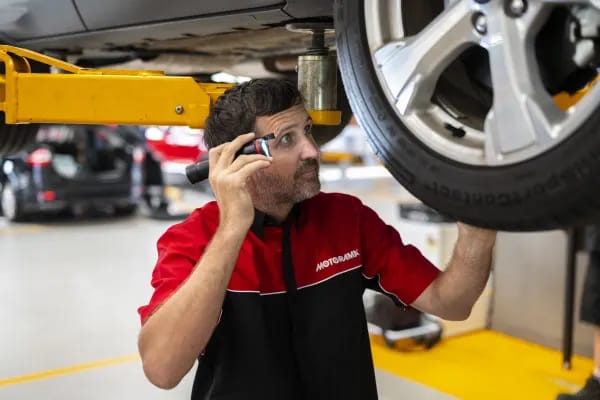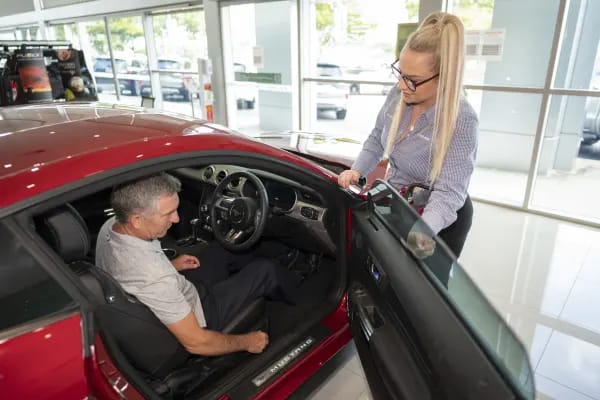
The Latest Car Safety Technology
Posted in Buyer Advice
The Latest Car Safety Technology
Technology in cars has become drastically cheaper and more reliable over the years.
What was once only available in the most luxurious cars is now standard in your everyday driver. We took a look at the coolest in-car technology that’s on the market.
It’s hard to believe that air-conditioning was once an optional extra, and that we drove around without the protection of airbags.
Now though, car manufacturers have to compete in a much more crowded marketplace, and the competition to add more value to even entry-model cars means that car buyers get a better deal with more comfort, convenience and safety features.
ADAPTIVE CRUISE CONTROL
Cruise control has been a fairly common standard feature for the last ten to fifteen years, although some cars still have it as an option. It’s become a way to regulate speed on highways or long drives, and save fuel at the same time; but drivers that use it as an excuse to not pay attention to the road can run into trouble with a car in cruise.
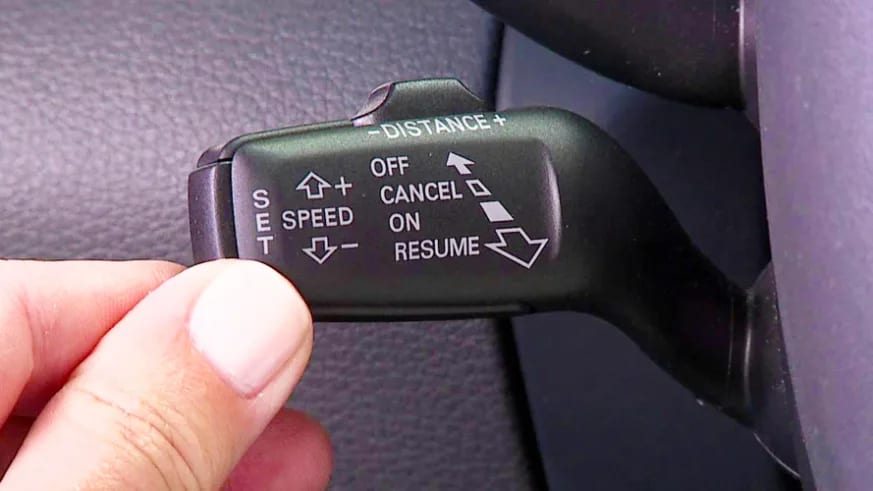
Adaptive cruise control addresses the problem of lapses in concentration. By using radar or a sensor, the cruise control system can ‘see’ traffic in front of you and adjust its speed accordingly. For example, some cars have ‘Smart Cruise Control’ as standard. By setting a ‘following distance’, those vehicles will adjust their speed based on the car in front of you, accelerating and braking as cars move into and out of your path.
As with any system, you obviously still have to pay attention to the road, for example if a car cuts in front of you suddenly, you may have to react and slow the car down. Adaptive cruise control is simply a driving assist technology, which saves your car from speeding and using extra fuel while also keeping an eye on traffic conditions that could be hazardous.
INFLATABLE SEATBELTS
Airbags are designed to minimise impact in the event of a crash, but despite popular belief, they aren’t cushions. They are, literally, explosive, as the force needed to inflate them to stop you from hitting a hard surface requires speed. It makes sense to put something closer to your body to distribute the impact across a wider area and protect you further.

Inflatable seatbelts in the rear seats distribute force across the torso, and help to support your head and neck. These seatbelts keep you in the correct seating position, which is vital in the event of a side or frontal impact, which can be devastating to passengers because of the way it impacts passengers.
Some vehicles feature this technology on their rear outwards seats, in addition to side curtain airbags to cocoon the cabin. It’s important to sit correctly, and ensure children are sitting correctly, and check how the technology affects infant and toddler car seats or booster seats.
AROUND VIEW MONITOR
As cars have gotten more advanced, they have become larger out of necessity to accommodate more equipment, features or for passenger comfort. This means that to you can’t easily see what’s happening at all points of the car, especially in larger cars like SUVs or people movers.

Around View Monitors (AVM) can read the situation on all four sides of the car, which alerts you to anything that could be dangerous, such as pedestrians or obstacles that can damage your car (like poles).
PARK ASSIST
Being able to reverse Parallel Park is almost genetic, you either have the skill or you don’t. Car manufacturers must have eventually gotten sick of being stuck behind a car touching bumpers in order to find a park, because parking assist technology has started to become more and more popular.
Parking sensors, and sometimes reversing cameras, are generally found across the range of many manufacturers, but fully automatic parking has become the next technology to trickle down model ranges.
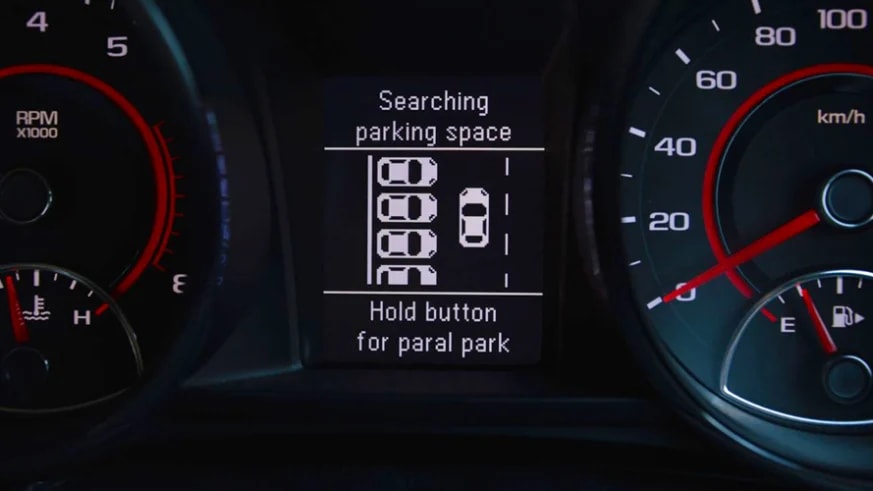
It helps people who aren’t used to manoeuvring a large vehicle into parks. Of course, any automatic parking system is purely an aid, and cannot take the place of a human being turning the wheel. However, it does help get people who aren’t completely confident in getting into a tricky space.
BLIND SPOT MONITOR
Knowing if a car is too close to you in your blind spot can be very difficult, especially in traffic, if there is or if you have to change lanes to avoid an obstacle in your lane quickly.
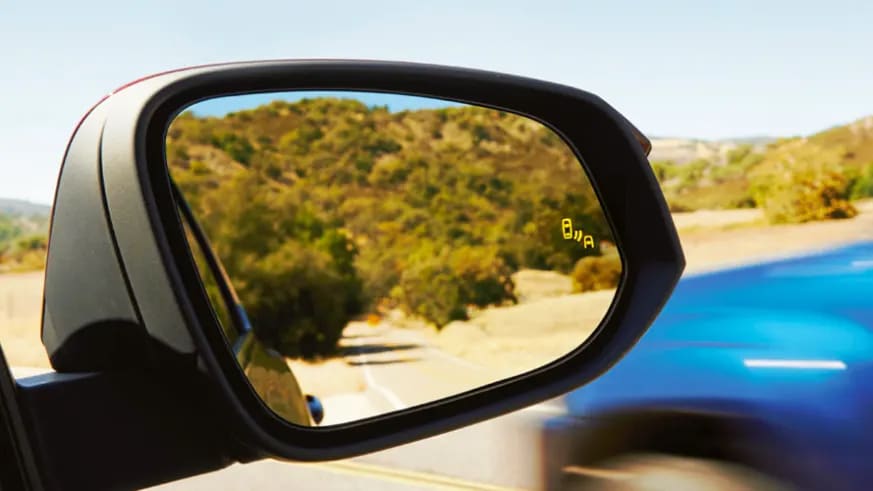
Blind Spot Monitoring (BSM) can tell you if there is another car approaching up the side, and will alert you with a small indicator in the wing mirrors as you look to change lanes. Some systems are based on cameras, while others use a radar system to detect if there is a vehicle in your blind spot.
BSM has become standard only recently on most new cars, where it was only an option on more expensive cars in the past.
REAR CROSS TRAFFIC ALERT
If you need to reverse, but you can’t see clearly on either side of your vehicle, rear cross traffic alert (RCTA) can help you to back out.
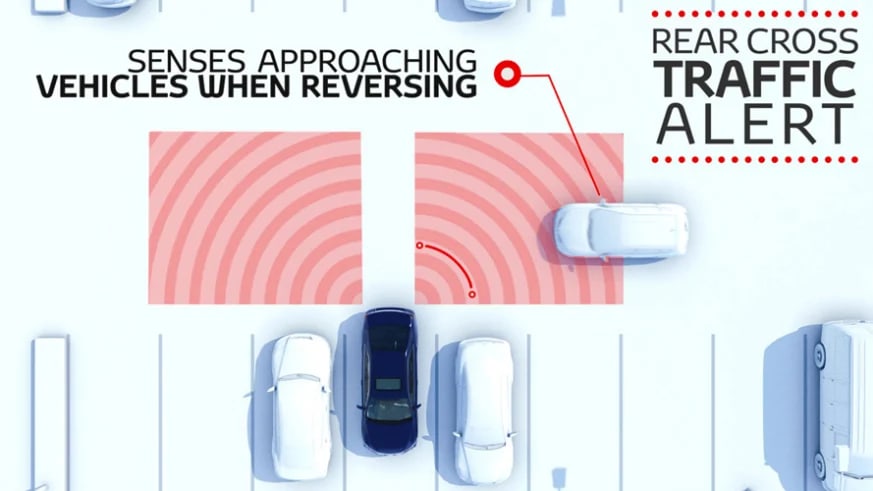
For example, if you’ve parked between two large vehicles that are taller than what you can see, reversing slowly will allow the RCTA system to see left or right and let you know about any approaching vehicle before you back out.
RCTA can act as an assistant to the traditional shoulder check, in conjunction with the Blind Spot Monitor, and is a great tool to help you avoid any crashes with less alert drivers.
ABBREVIATIONS
Where blind spot monitoring and automatic high beam are pretty standard nowadays and not all that exciting, it’s the LTA, LDA, PCS, RSA and ACC that make the latest models stand out. What’s with all the abbreviations? Let’s explain it simply: the car follows the lines on the road to keep you in your lane (Lane Tracing Assist), alerts you if you don’t (Lane Departure Alert) and warns you to mitigate collisions (Pre-Collision Safety) – also with pedestrians and cyclists. All the while it can keep proper distance to the vehicle in front and you can adjust your cruise control (Adaptive Cruise Control) to the current maximum speed with the press of a button (Road Sign Assist). The result is quite literally that you can get in the car, stay in your lane, safely follow the car in front and not exceed the maximum speed by just holding the steering wheel. Safe, relaxing and standard on all grades.
To see these new technologies in action, visit a conveniently located Motorama dealership. The sales teams at each of our seven new car brands will be happy to walk you through the latest models with innovative safety, comfort and convenience technology.

